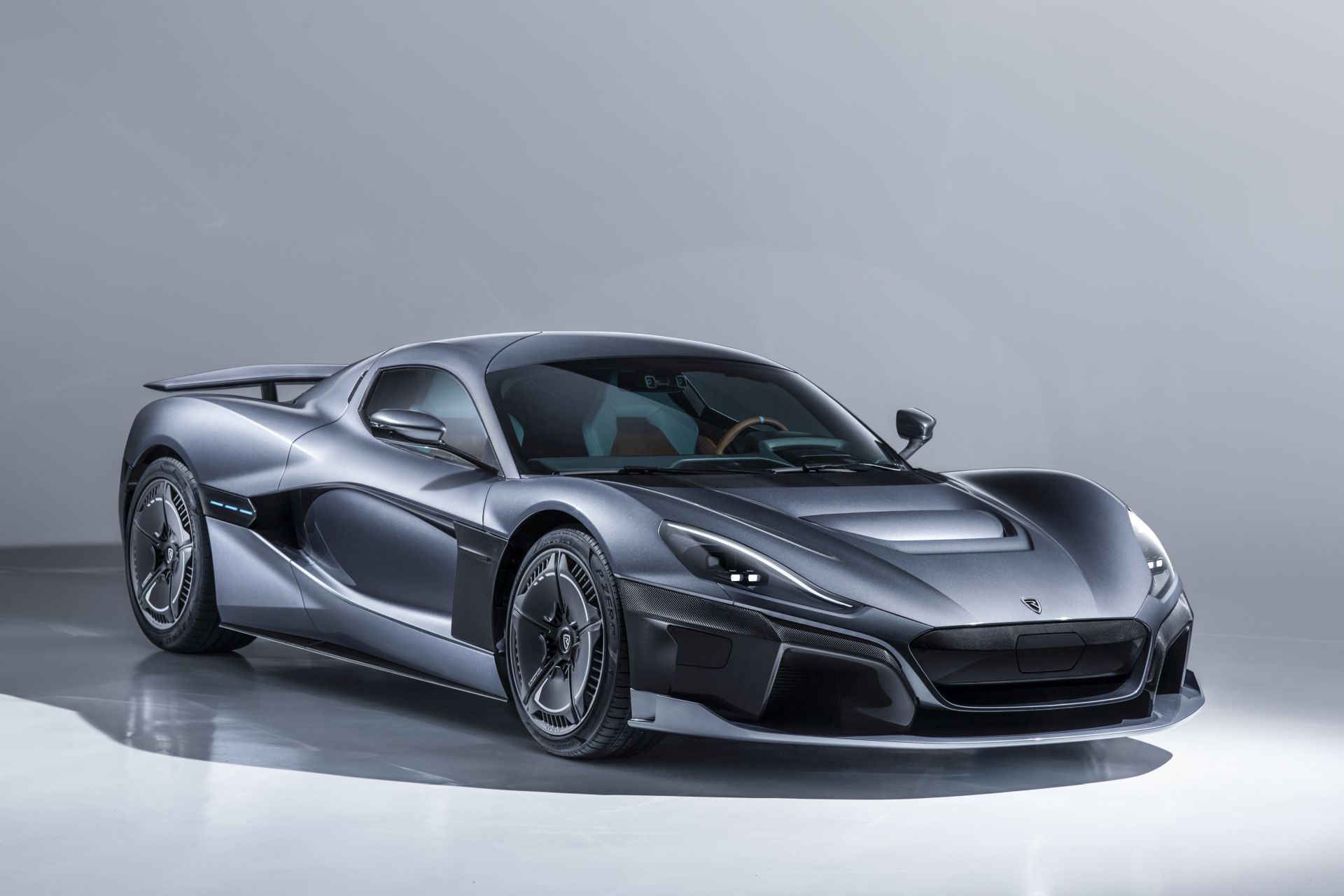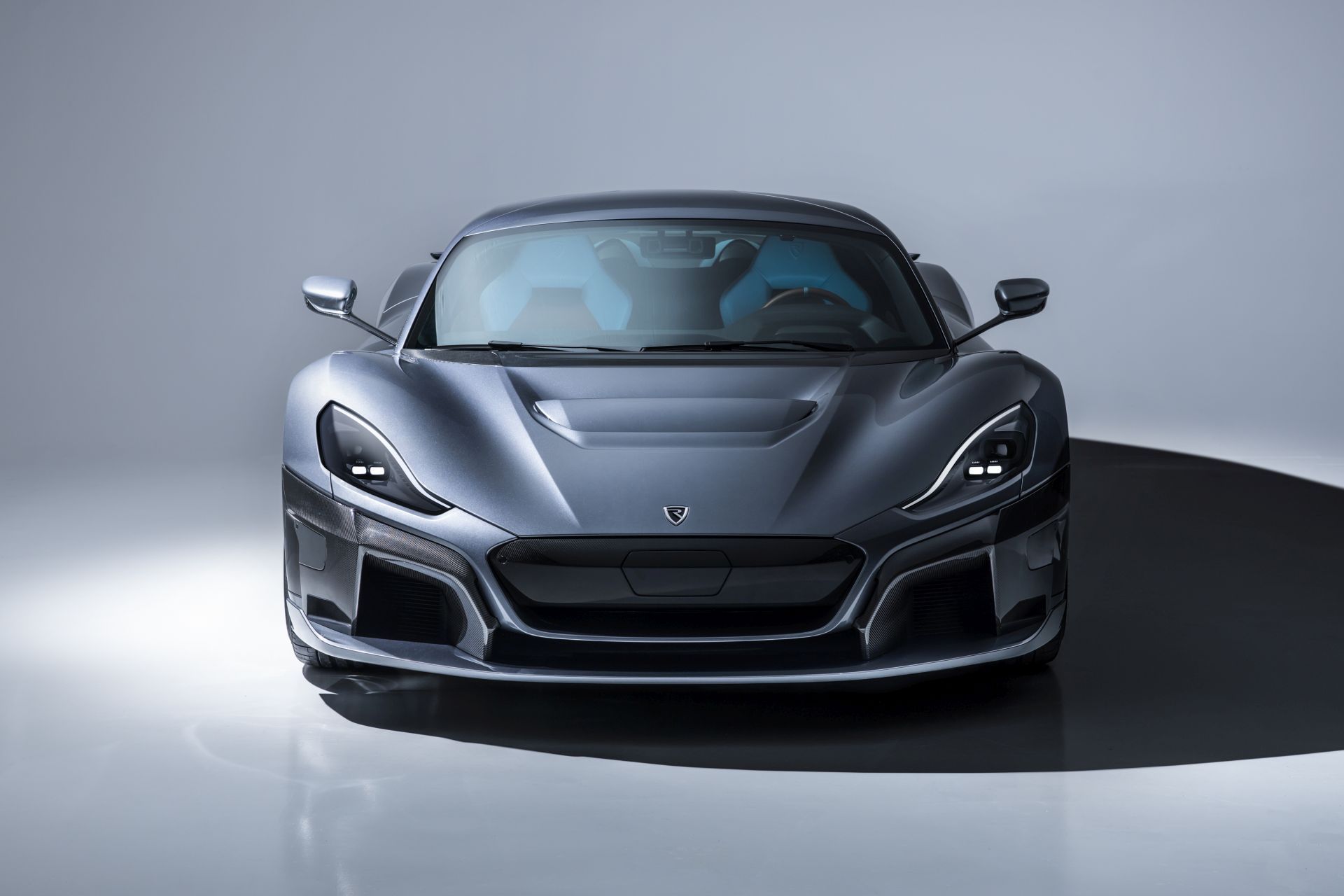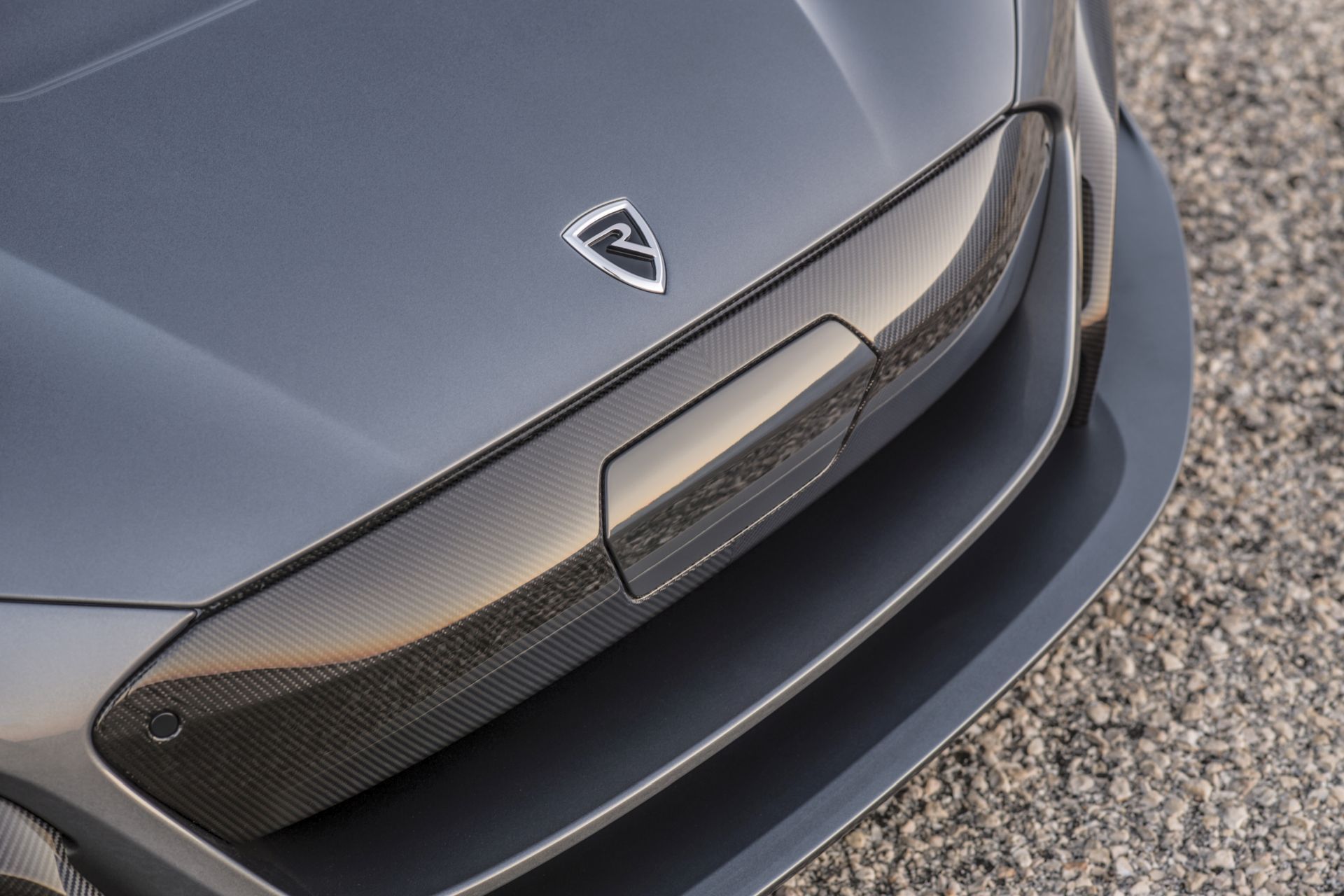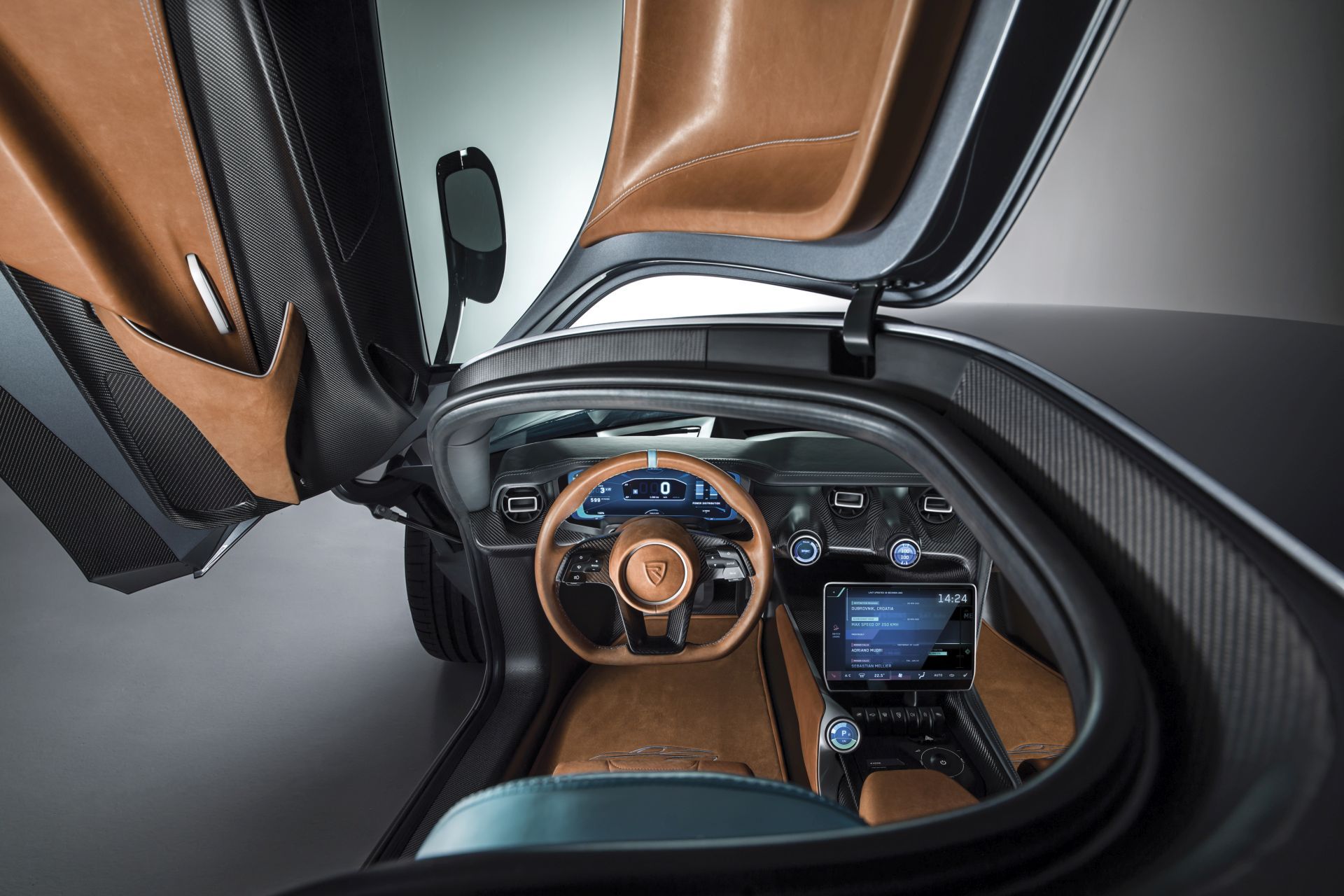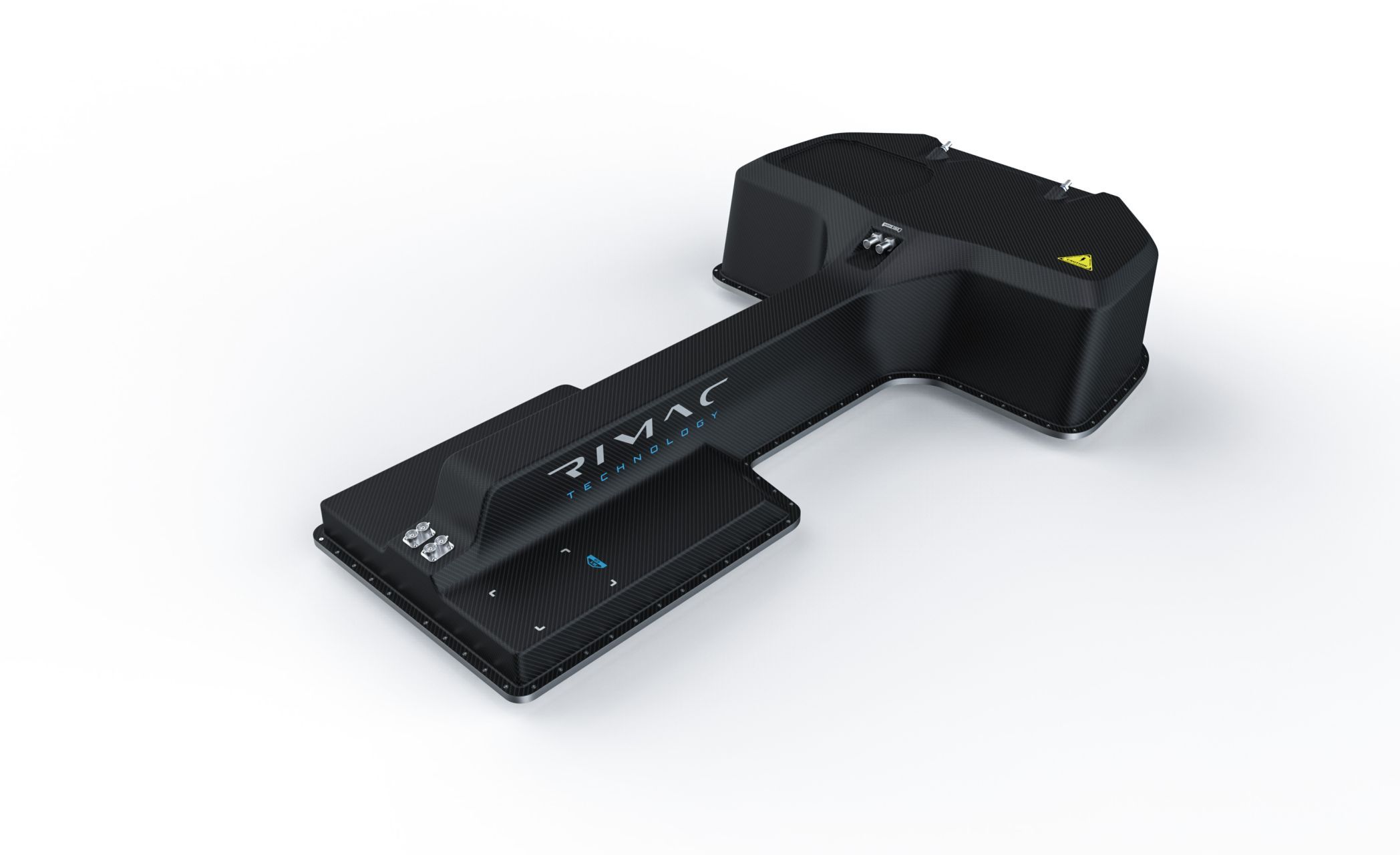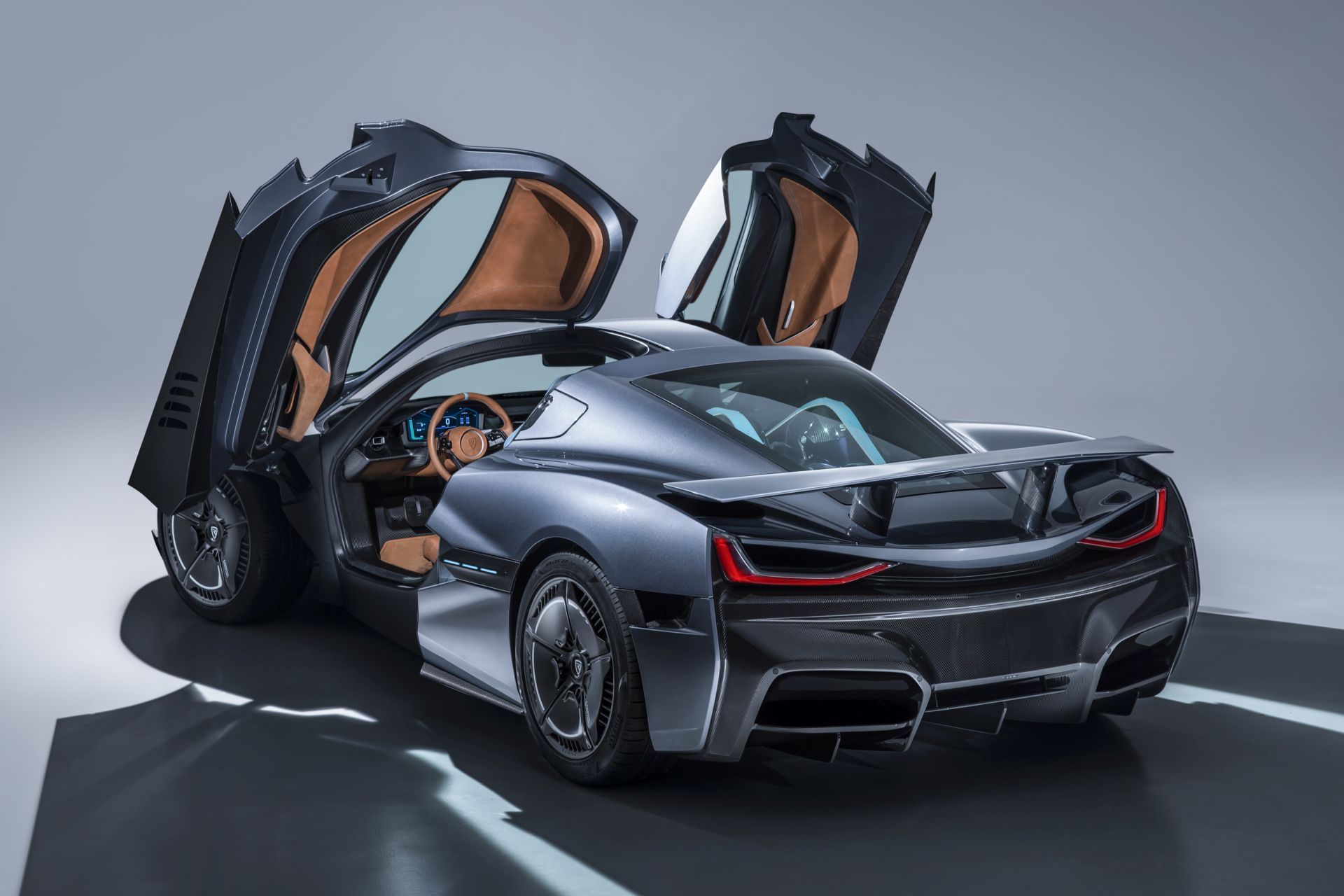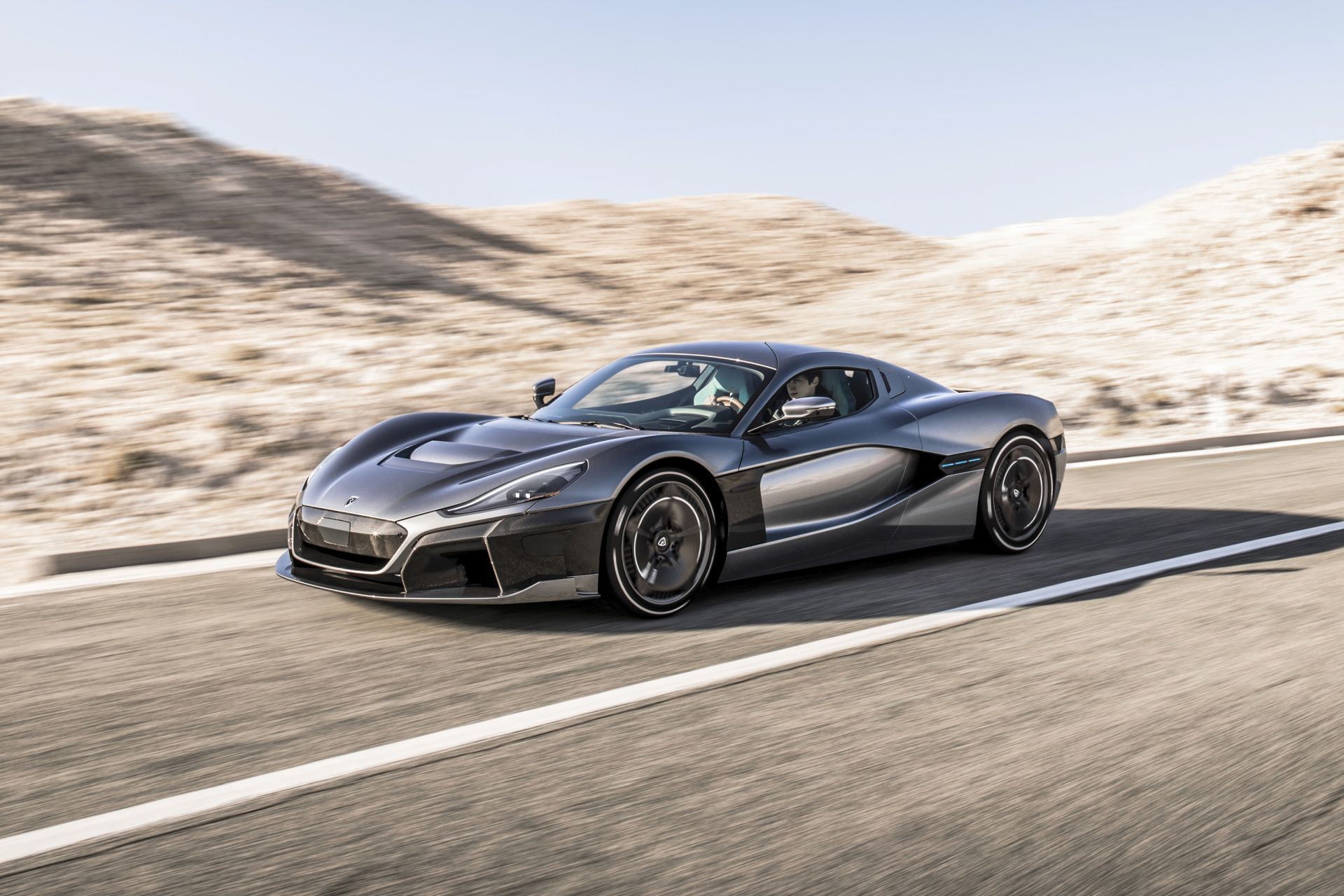In the war between new-school electric power and old-school gas burners, the battery camp just got one very heavy-hitting new recruit. Say hello to the Rimac C Two, a machine that looks to put traditional supercars on notice with its outrageous performance potential and state-of-the-art technology.
Continue reading for the full story.
The Full Story
No doubt about it - the Rimac C Two is an absolute monster in a carbon fiber skin. The specs on this thing beg belief, and the technology in play is absolutely cutting edge, so let’s break it down and see how the Croatians managed to one-up the previous standard of insanity that was the Concept One.
2018 Rimac C Two Exterior
Outside, the C Two utilizes all-new styling, but the Rimac DNA is ever-present and obvious. The look was penned in-house, and appears to advance the aesthetic first laid out by the Concept One. Once again, we find an ultra-low, ultra-wide stance, with a central greenhouse and massive fenders in a classic slab-‘o-speed look. Oodles of carbon fiber can be found everywhere. This time around though, the C Two incorporates more details than the Concept One, with tons of little wrinkles, winglets, and vents throughout.
We think it looks great, offering an excellent blend of form and function. In the sides, we find a trio of long blue lights just ahead of the rear wheel, while the classic Rimac “tie” shaped indent connects the front and rear fenders. This side intake not only adds style, but it’s also used to draw in fresh air for the rear-mounted cooling system.
Butterfly doors add the appropriate look for entry and exit. The wheels are an interesting look as well. Rather than the thin multi-spoke design we’re used to seeing on a sports car, the C Two uses large, concave wheel covers that enhance the aerodynamics by reducing turbulence along the sides of the vehicle. Rimac says the design also sends cool air to the ceramic brakes mounted underneath.
High-intensity LED lights are used front and back. The headlights are composed of a hand-built collection of 58 individual LEDs, and even include their own ventilation system. The taillights also incorporate air-outlet tunnels for the advanced aero set-up.
Speaking of which, the aero package includes an active front hood, which draws atmosphere in through the nose, then out through vents up top. Along the way, the air is manipulated by active flaps inside the hood that change the aero profile, altering the coefficient of drag as needed for either more cooling or more efficiency.
The same is true for the front splitter, which uses active elements to either enhance the aero efficiency or the cooling effect. When running in its “low-drag” mode, the C Two manages a cD of 0.28, beating out the Toyota Mirai, but falling short of the 0.24 of the Model S. It’s good, but not great. But hey - we’d rather have these jaw-dropping good looks over a slightly more efficient coefficient of drag.
The rear spoiler adds to the list of active aero elements, rising up to create more downforce, then lowering again to reduce drag and increase overall top speed. The wing will also tilt forward and act as an air brake to slow the car under heavy braking, much like we’ve seen on various McLaren models.
The flat underfloor leads to a Venturi-effect rear valence. You’ll find further active flaps back there as well, which can act to cool the battery pack even further as needed.
2018 Rimac C Two Interior
Step through those butterfly doors (Rimac says the C two uses facial recognition rather than a traditional key), and you’ll be met with an all-digital interior, with carbon fiber and Alcantara covering most surfaces, plus billet aluminum applied to the various switch gear.
If we were to describe the interior of the Rimac C Two in two words, they would be “space chic.” The layout reminds us a bit of a more thoughtful, futuristic Ferrari, with its carbon construction and rounded components complimented by numerous digital screens.
Speaking of screens - there’s six of them total. There’s even a digital readout for the co-driver that provides “a sophisticated semi-gaming experience not seen before on a production car.” We’re not exactly sure what that means, but it sounds pretty cool.
As you might expect, there’s a bevy of autonomous driving assists on hand, including automatic braking, evasion control, blind-spot monitoring, lane-keep assist, and adaptive cruise control. Enabling these systems is an array of sensors, including eight cameras, two lidar detectors, six radar emitters, and 12 ultrasonic sensors.
What’s more, if you plan on taking the C Two to the track, you can load up the on-board “Driving Coach,” which will provide help nailing the racing line, hitting those braking points, and even managing part of the steering inputs. Complimenting the coach are more than 500 channels of telemetry.
The Rimac C Two comes with space for two passengers, with seating provided by electrically adjustable highly bolstered sports seats. You can even bring your luggage along thanks to the multiple storage configurations in front and in back, and as such, Rimac is calling this thing a “true grand tourer.” Believe it or not, it’s got the range to back that.
2018 Rimac C Two Powertrain And Performance
Let’s just jump straight to the good stuff, shall we?
Here’s a number for ‘ya - 1.85 seconds to hit 60 mph with a one-foot roll-out. Here’s another one - 258 mph at the top end.
Those are simply outrageous numbers for any car, let alone an all-electric street-legal two-seater with Alcantara in the cabin.
Making those numbers possible are two other crazy figures - 1,914 horsepower and 2,300 Nm (1,686 pound-feet) of torque, all of which comes courtesy of a liquid-cooled 120-kWh battery pack mounted under the floor. The pack connects to four electric motors, one per corner, making for AWD grip. The motors are a bespoke dual permanent magnet design with oil cooling and a 97-percent efficiency rating. Interestingly, each motor connects to its own individual gearbox, which helps the Rimac achieve both that ridiculous 0-to-60 mph time its incredibly high top speed. Two single-speed units are used in front and a pair of two-speed gearboxes can be found in the rear.
The chassis is a carbon fiber monocoque with a bonded carbon fiber roof, while the battery pack is integrated with the structure for added strength. The crash structures are made from aluminum and additional carbon.
Pirelli provides the rubber with a bespoke P Zero compound and design. Additional agility is provided by infinitely variable all-wheel torque vectoring.
Finally, the C Two offers as much as 650 km (404 miles) of range, besting just about everything else currently on the market.
Conclusion
The C Two looks to be an absolute game changer, and not just in the EV segment. Between the onboard tech and mind-boggling performance specs, this machine has the goods to take on the best of the best.
Well done, Rimac.
References
Read our full speculative review on the 2019 Rimac Concept Two.
Read our full review on the 2017 Rimac Concept One.
Read more Geneva Motor Show news.

